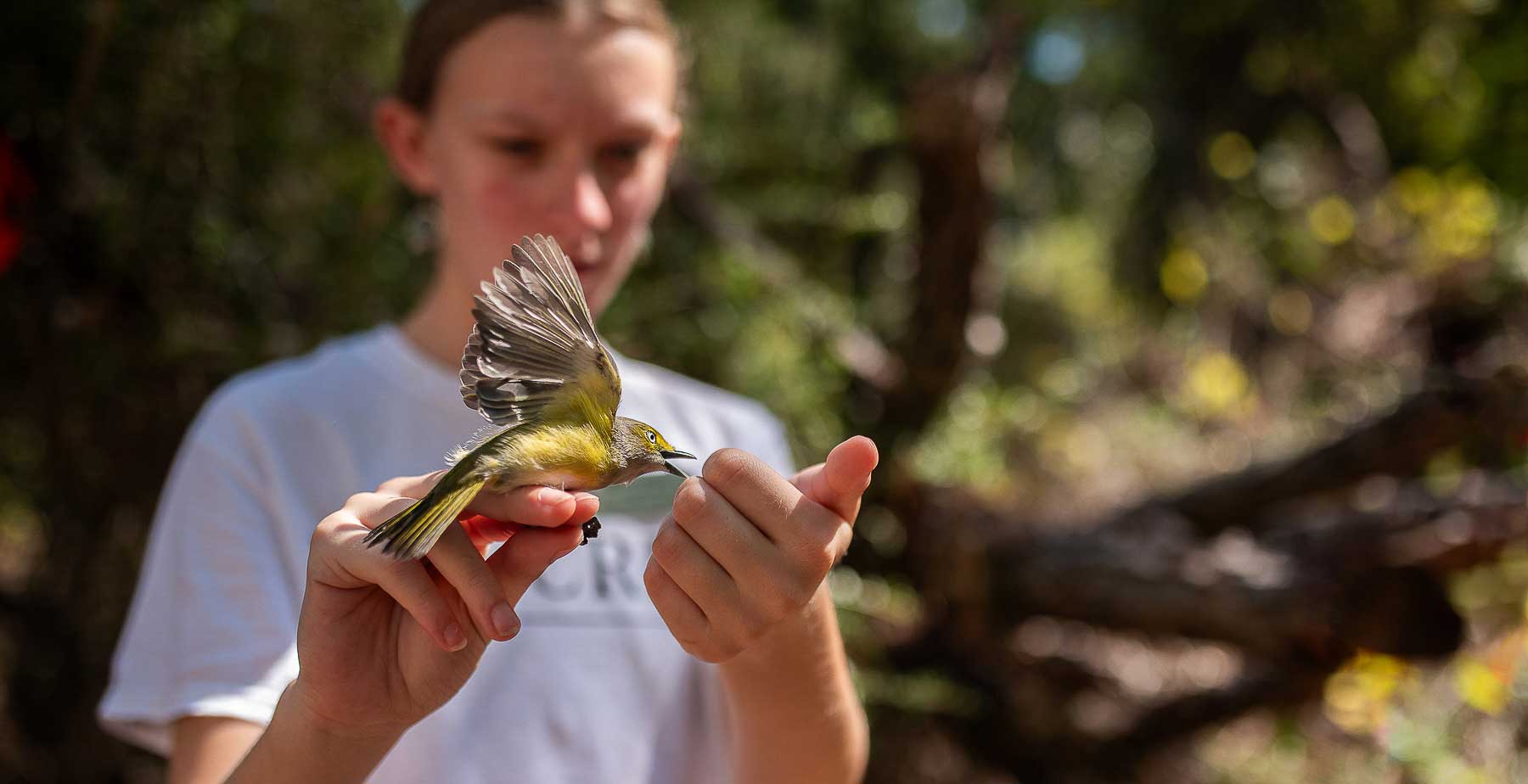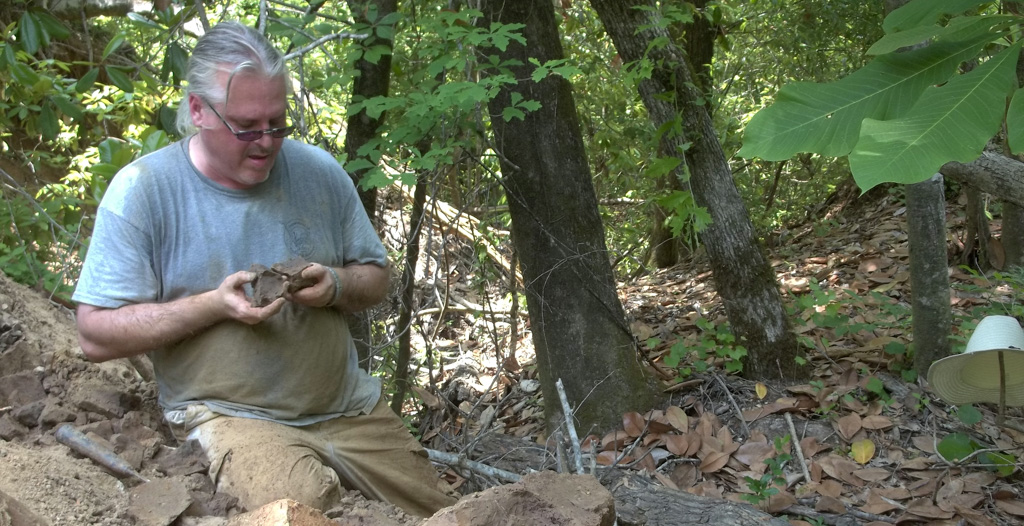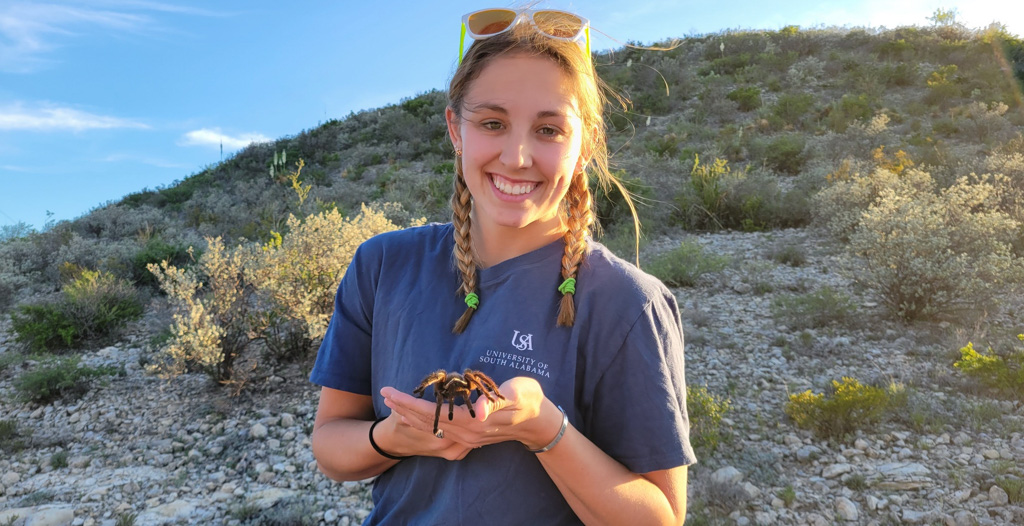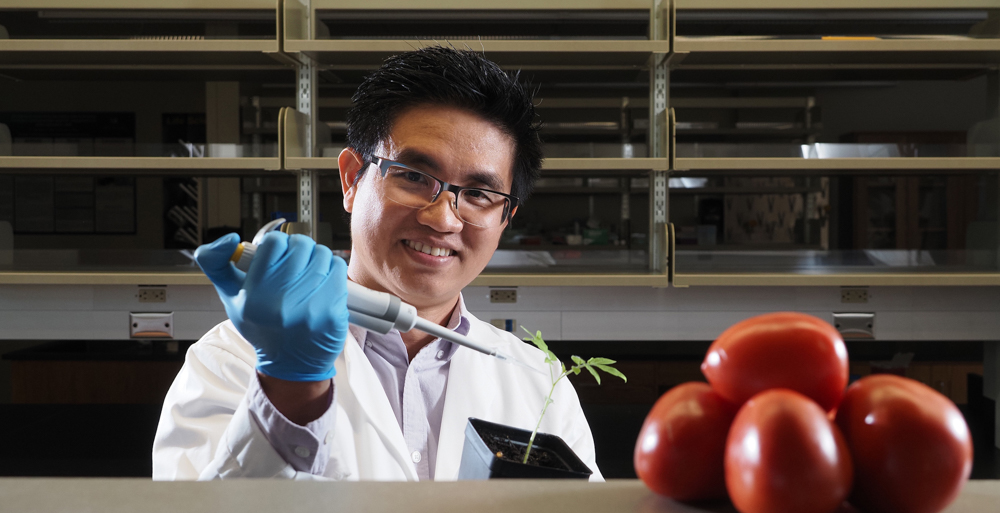Student identity drives perceptions of active learning pedagogies in biology classrooms
Posted on December 1, 2019 by Jeremiah Henning

New paper out of the Henning lab shows that facets of student identity are important
drivers in how students perceive active learning activities within biology classrooms.
Recent published in Frontiers in Education, Henning et al. surveyed 1300 undergraduate
biology majors to understand how identity facets like gender, commuter status, sexual
orientation, first-generation college student, religion, political affiliation, and
cultural background, drove perceptions of peer-to-peer dynamics, peer-instructor dynamics,
approaches to group work, and perceived cultural differences among students within
biology courses.
Researchers found that components of a student's identity has a strong tie to how
they perceive within course activities and inclusivity of biology classrooms. However,
researchers found that there was no single marginalized group that had negative interactions
within biology courses, which suggests that using multiple pedagogical strategy and
varied teaching styles within courses will ultimately create more inclusive classrooms
for all students.
The full, open-access article can be found here.
-

Fierce Featherweights
Imagine being able to increase your muscle mass by 40% within a few we...
December 26, 2024 -

Passionflower Species Named in Honor of Late Biology Professor
University of South Alabama biology professor Dr. Brian Axsmith discov...
July 2, 2024 -

A Passion for Tarantulas
When Jorjia Elmore graduated from Pensacola High School and was planni...
April 30, 2024 -

Roots of Research
Dr. Tuan Tran wins USDA grant to study a soil-based pathogen that caus...
November 21, 2023


